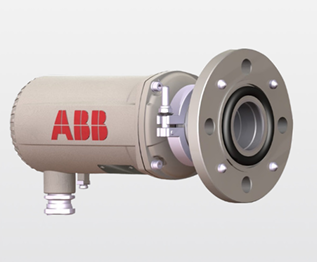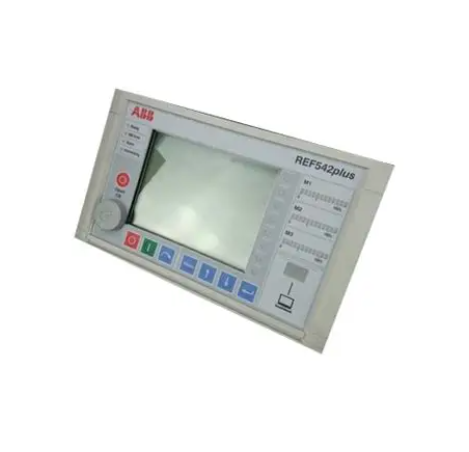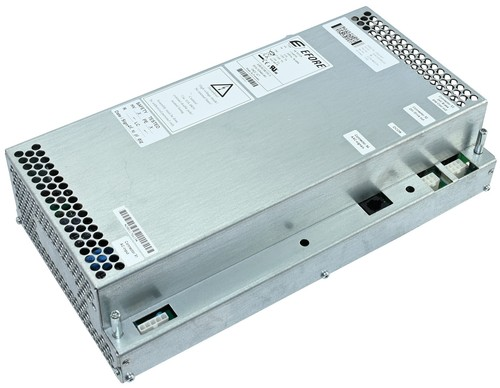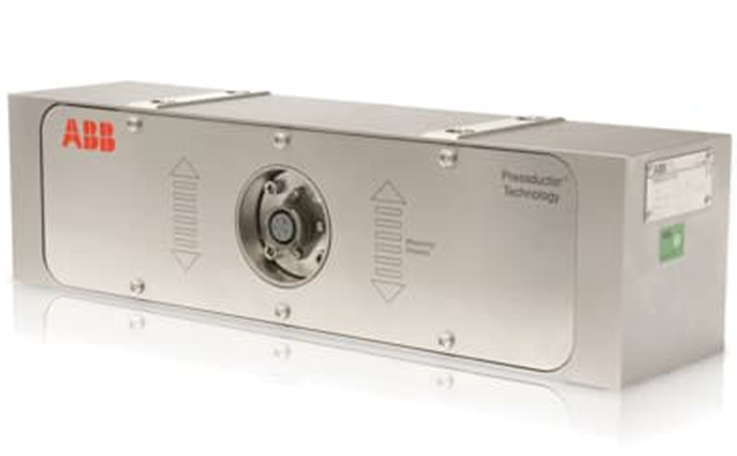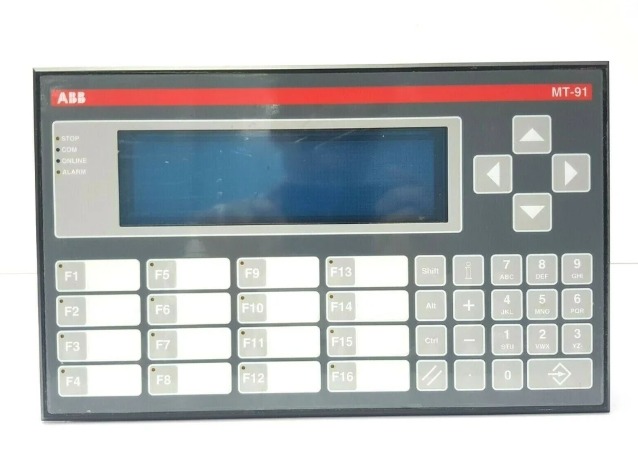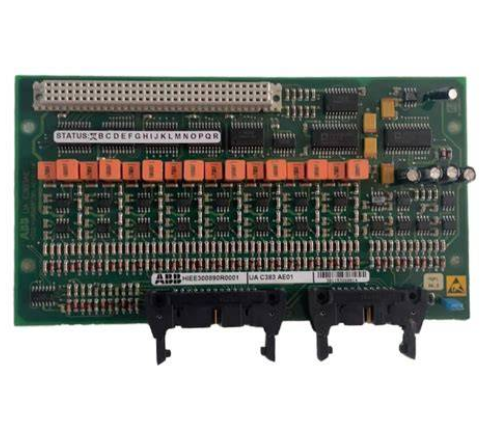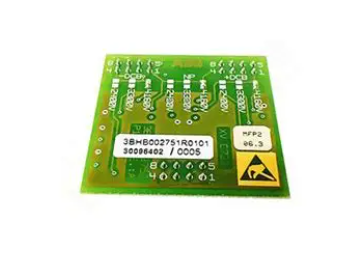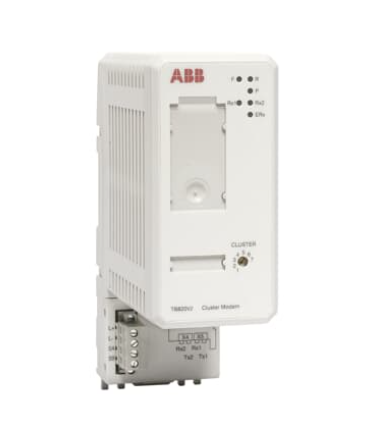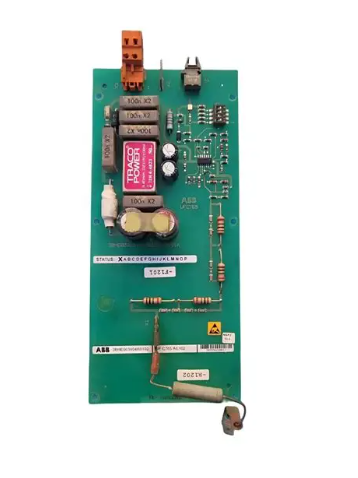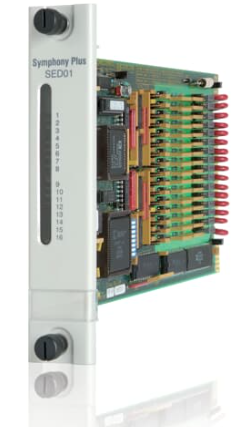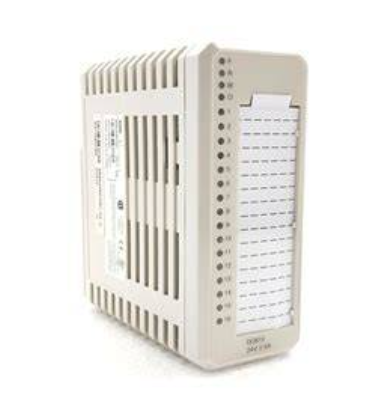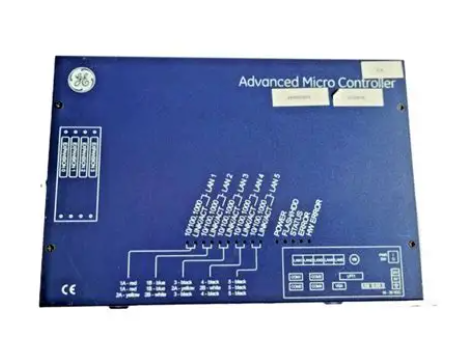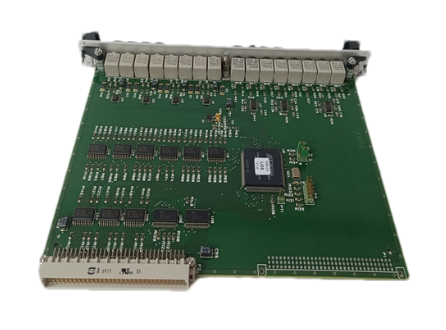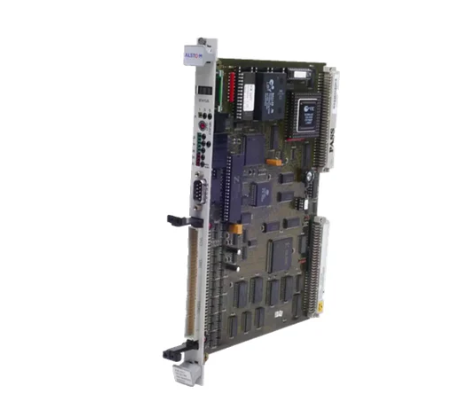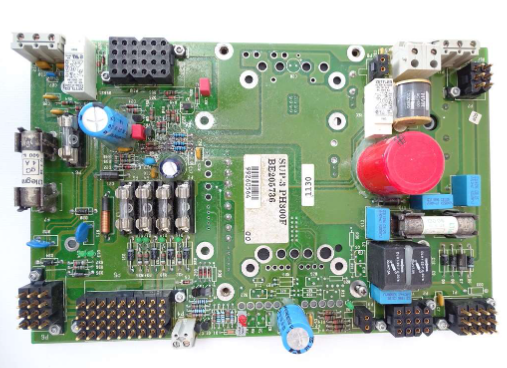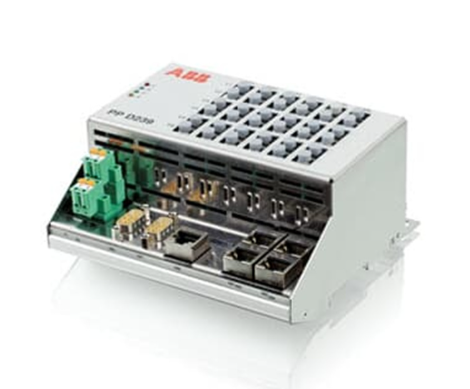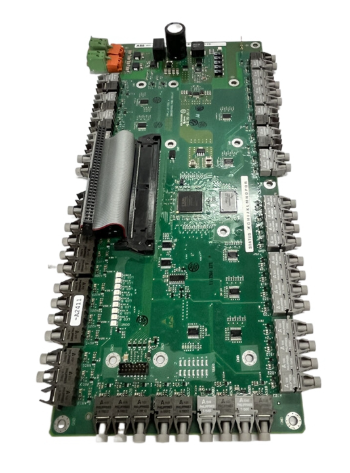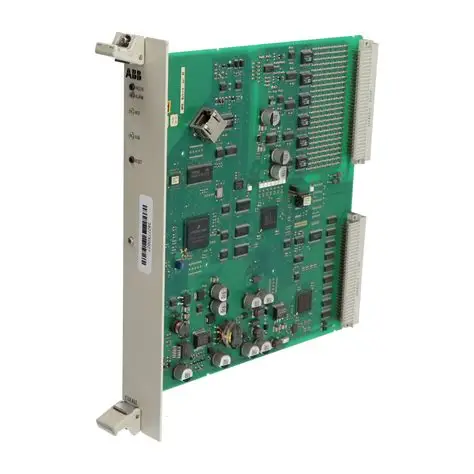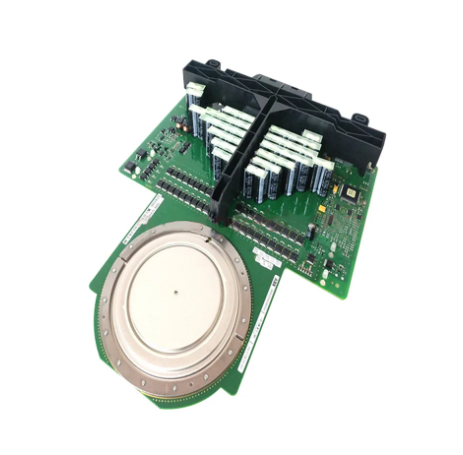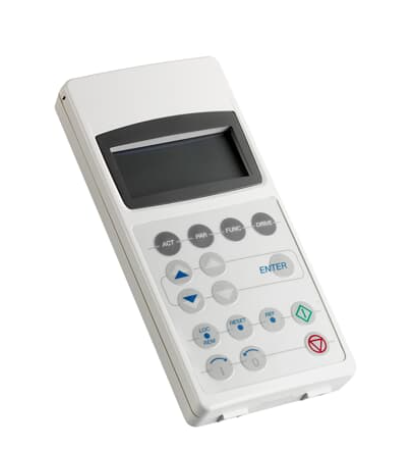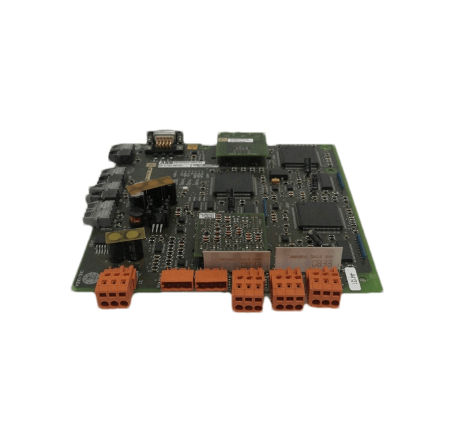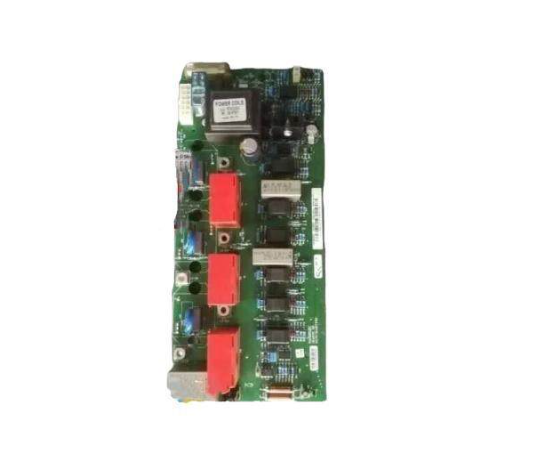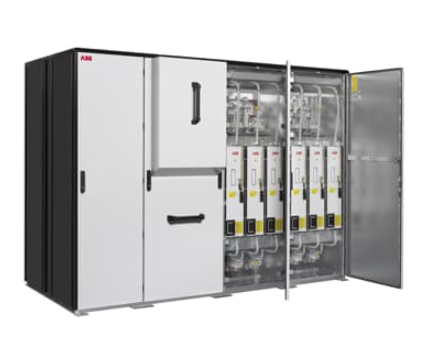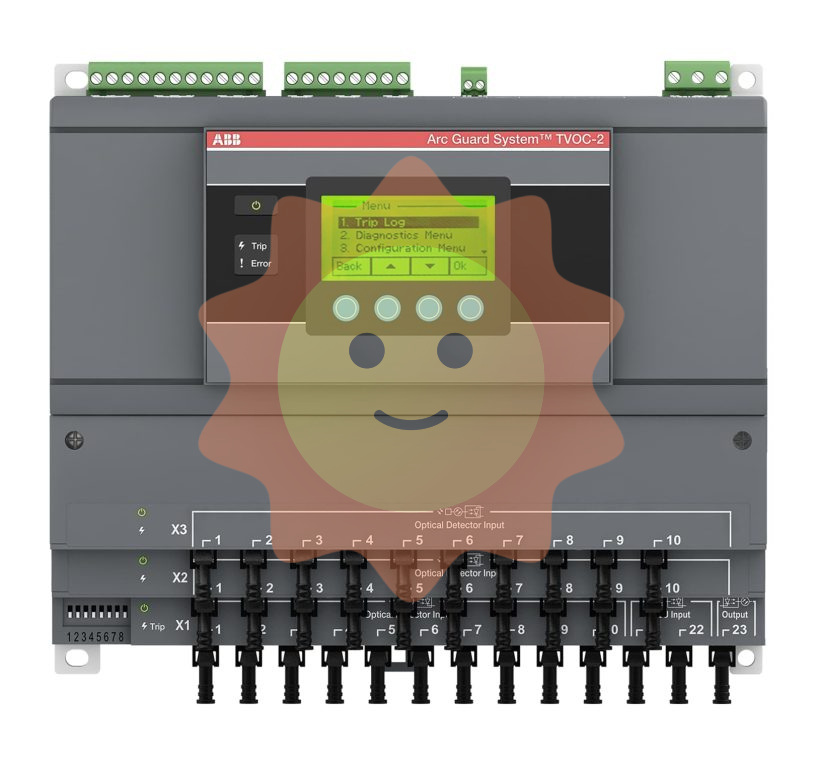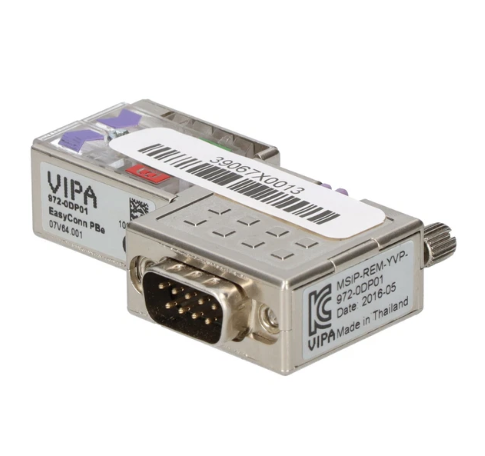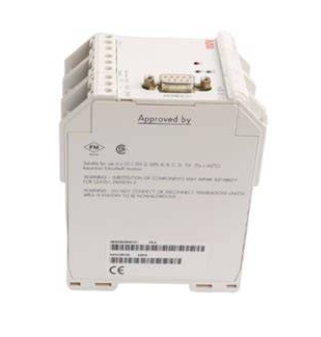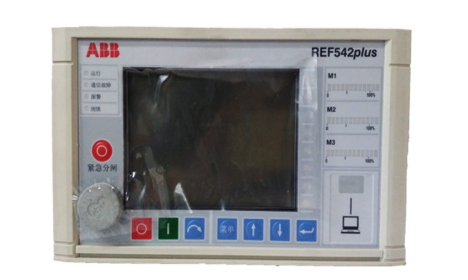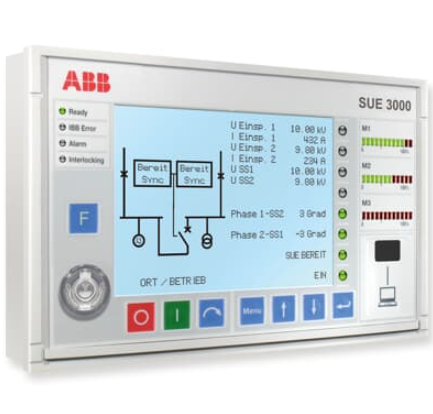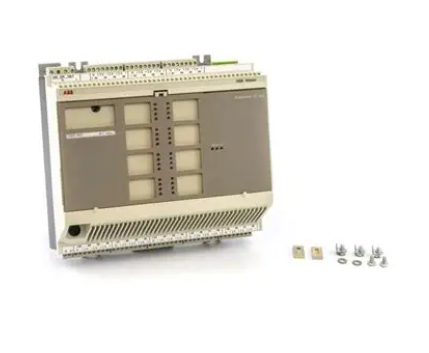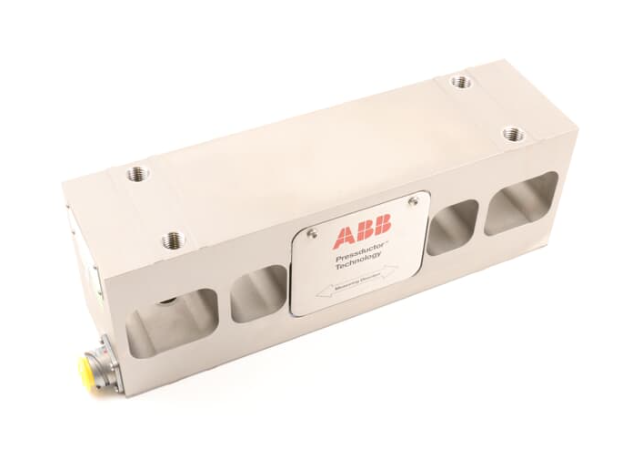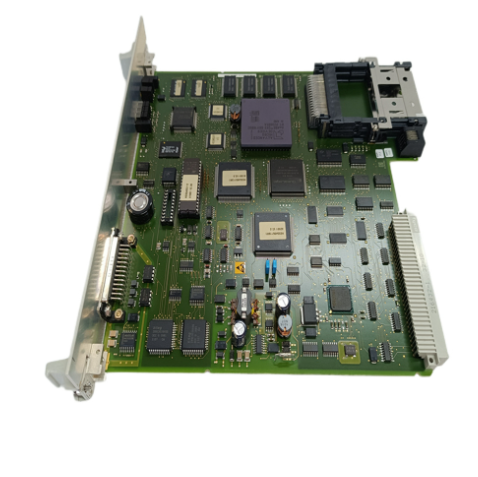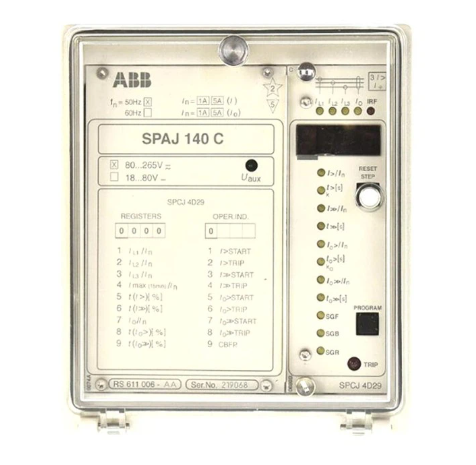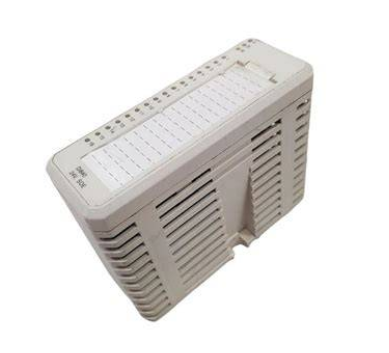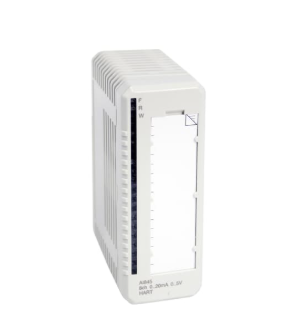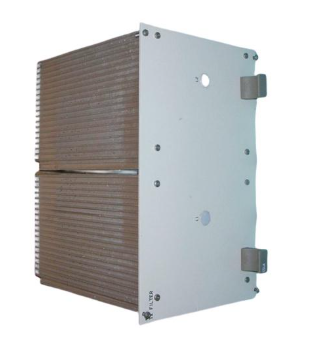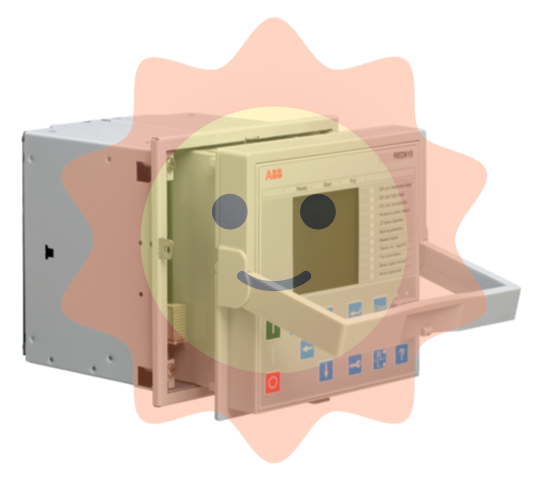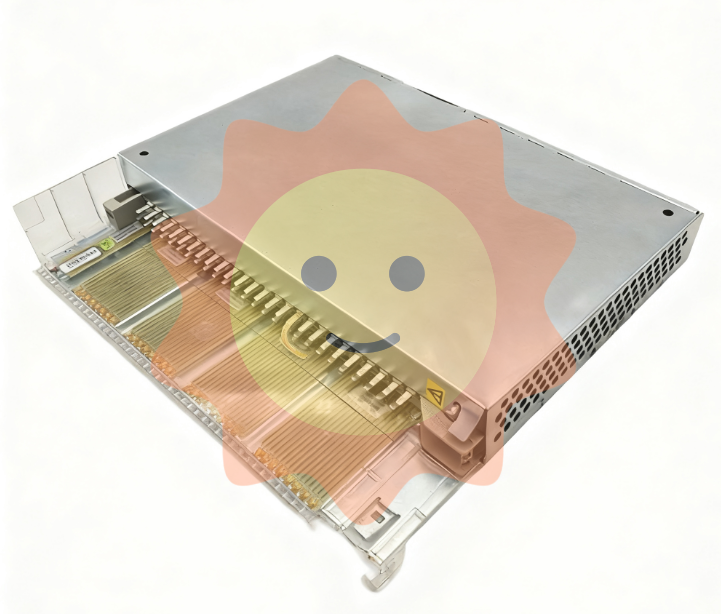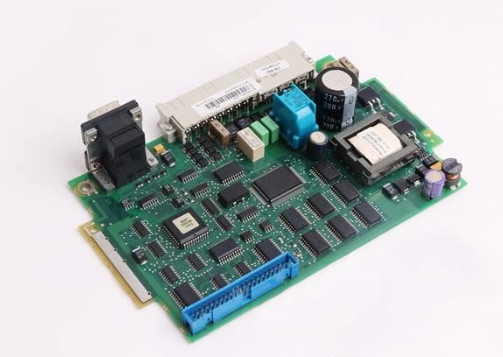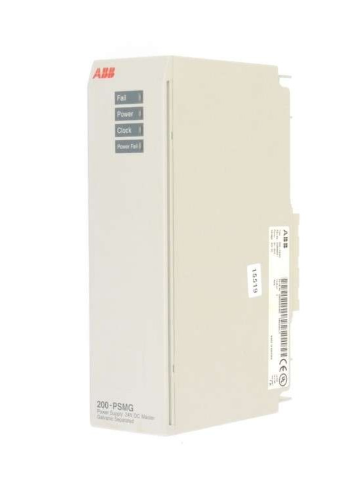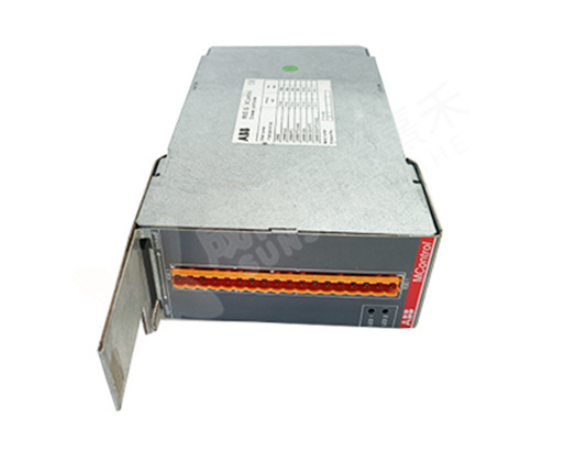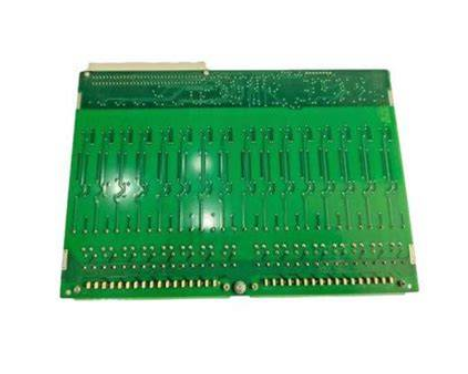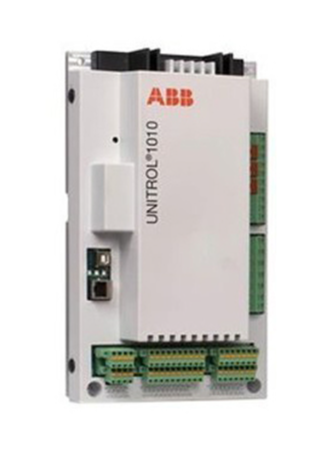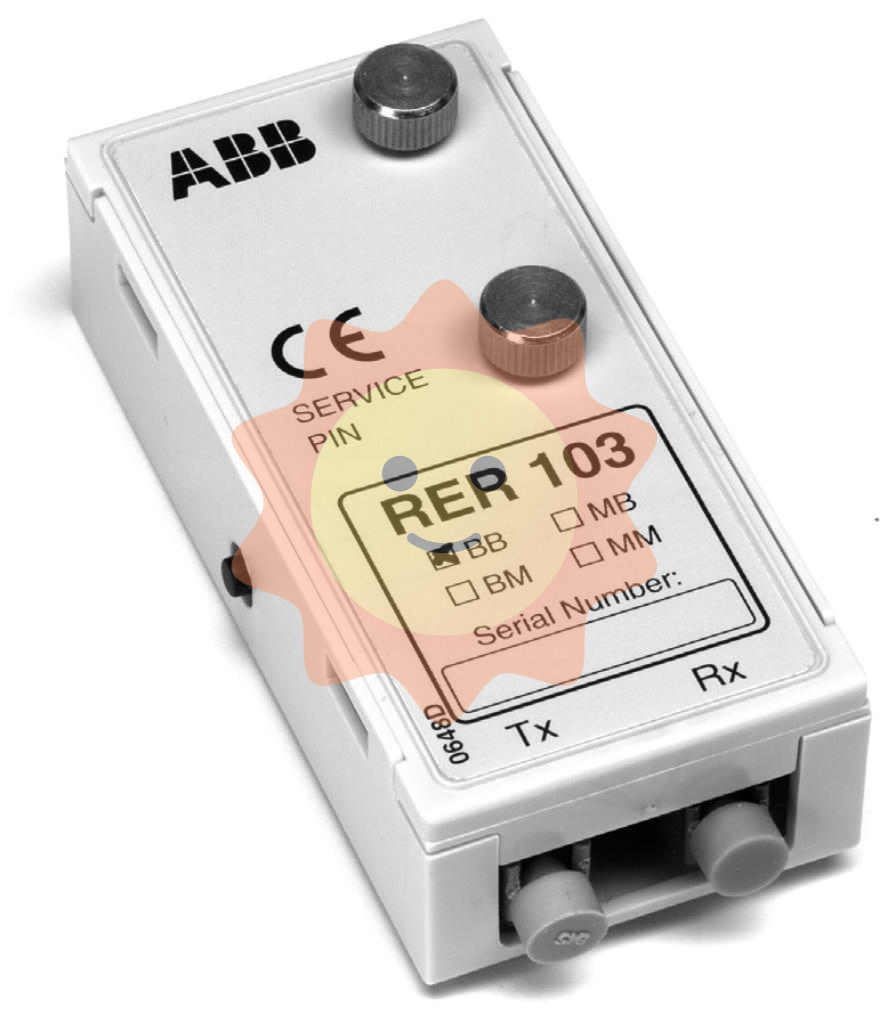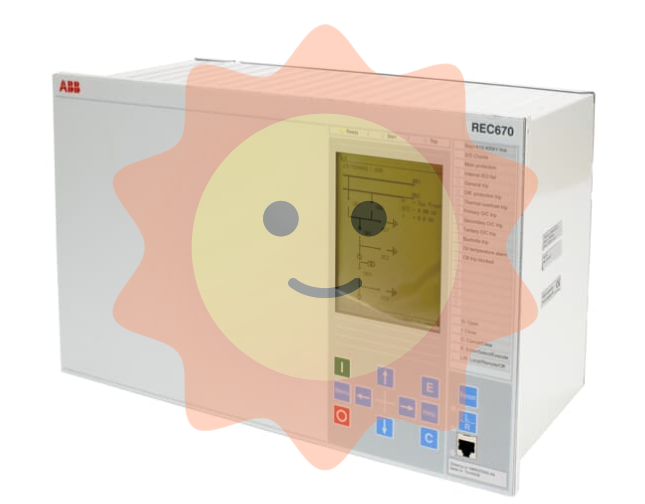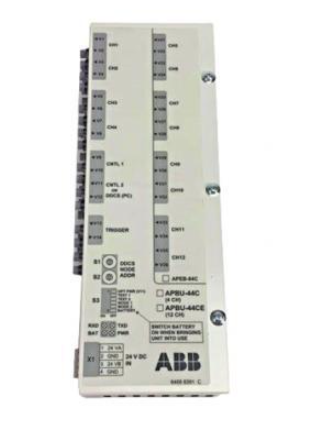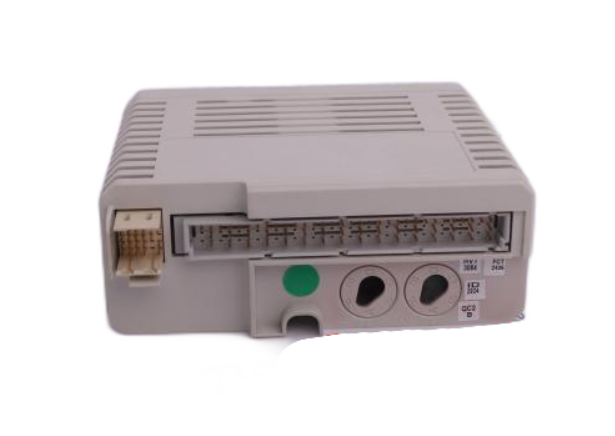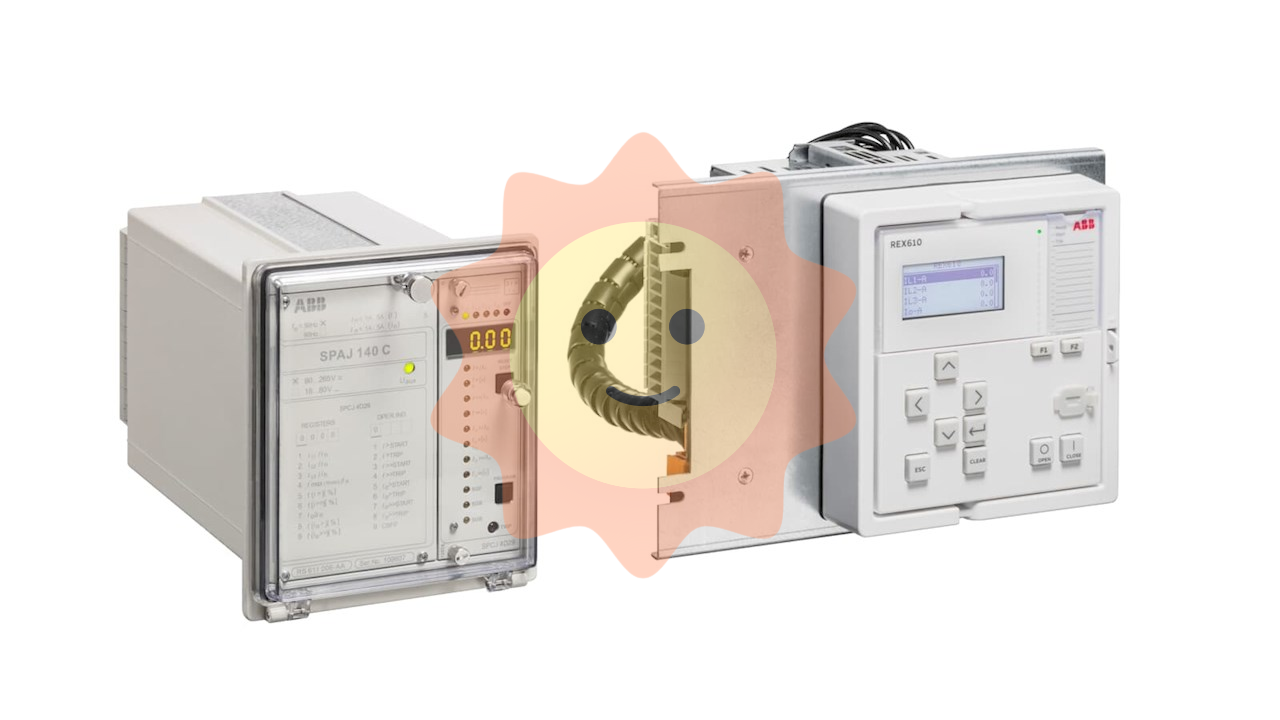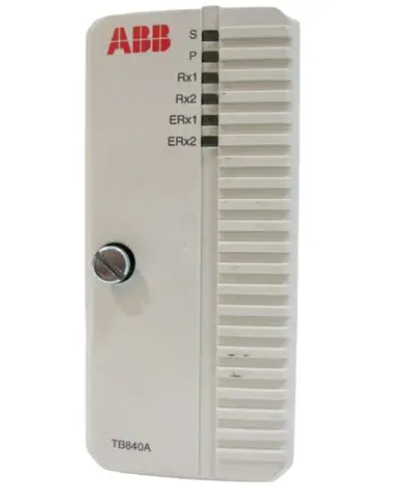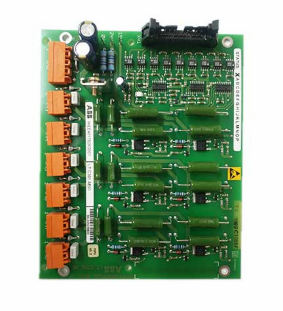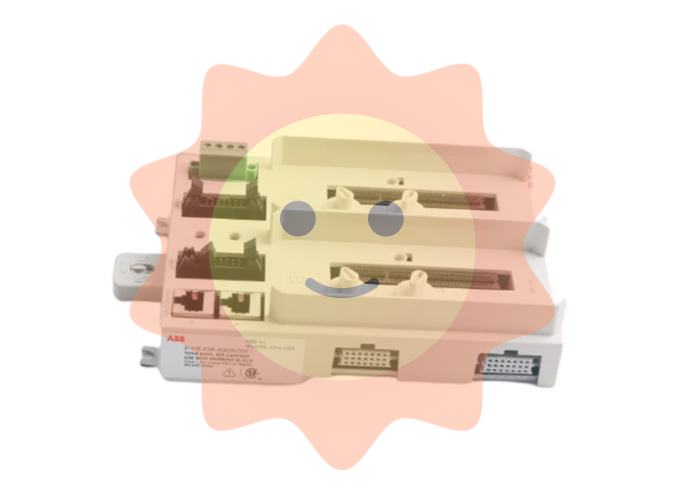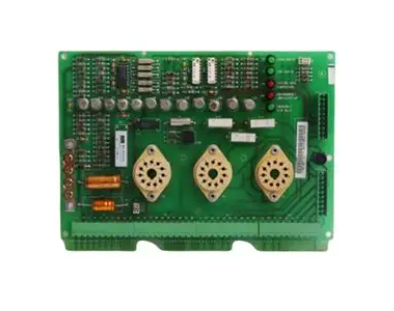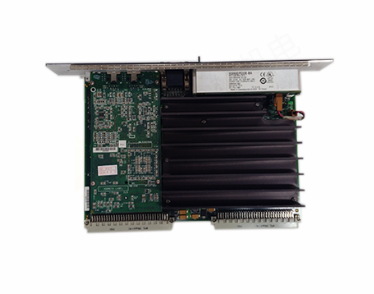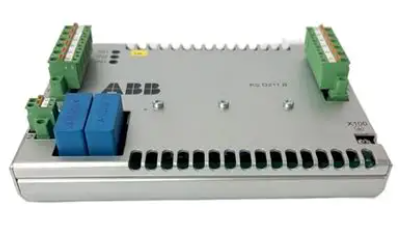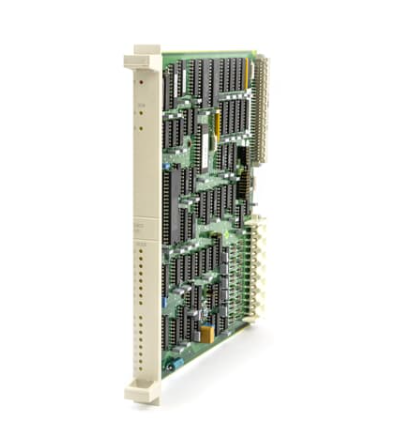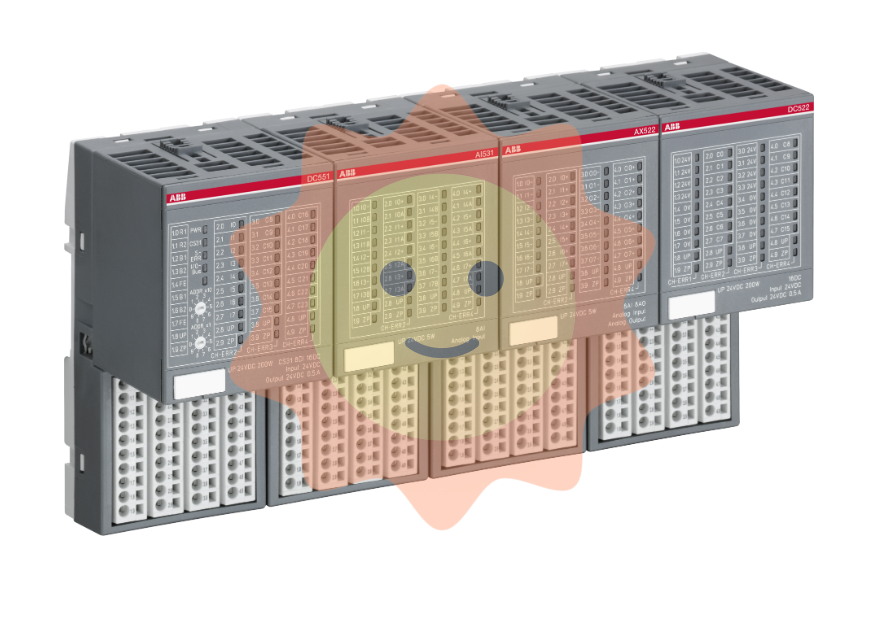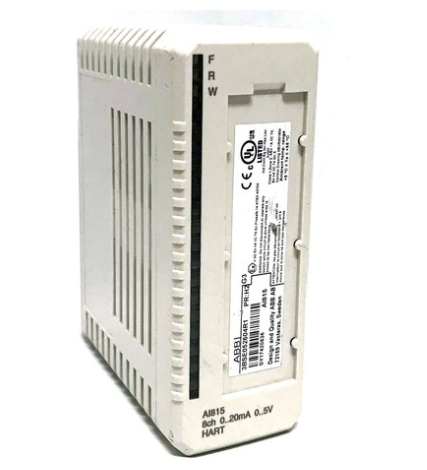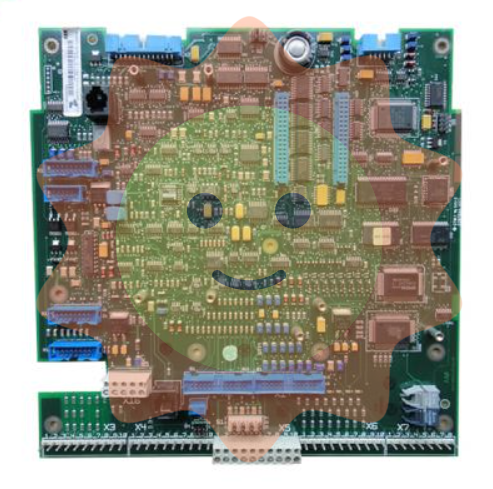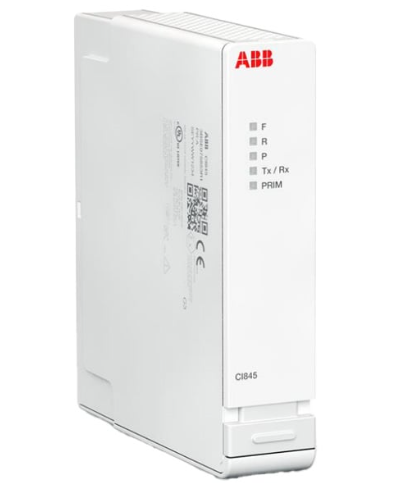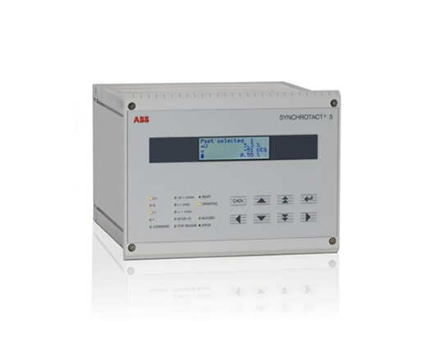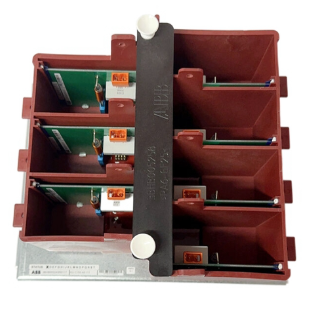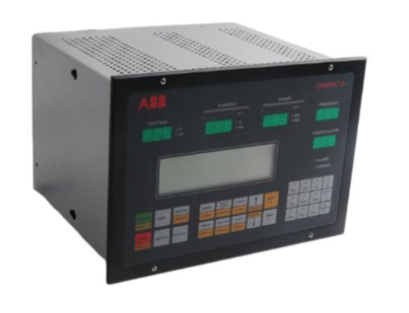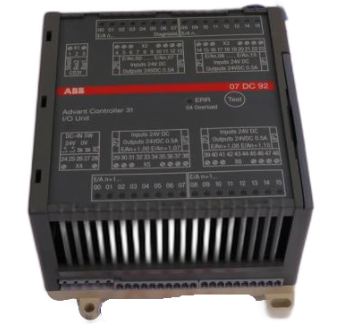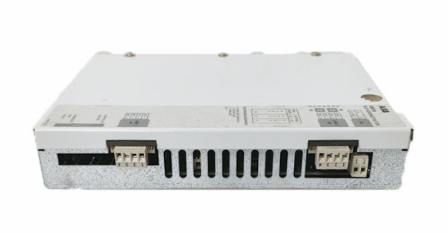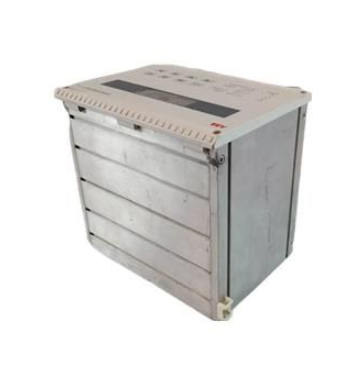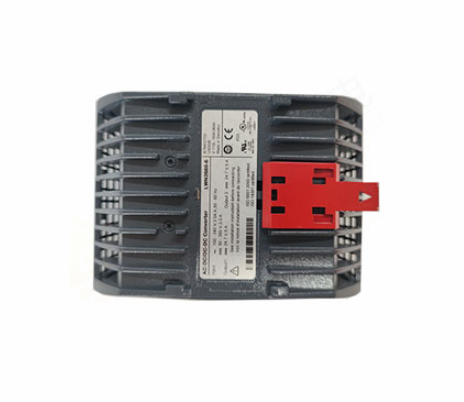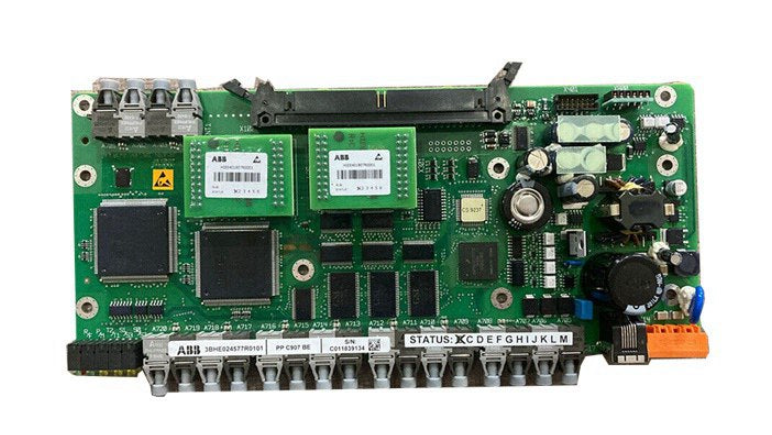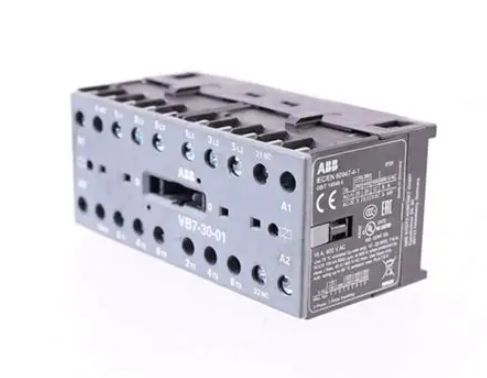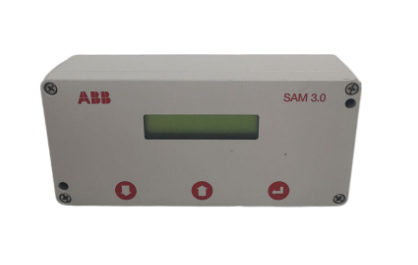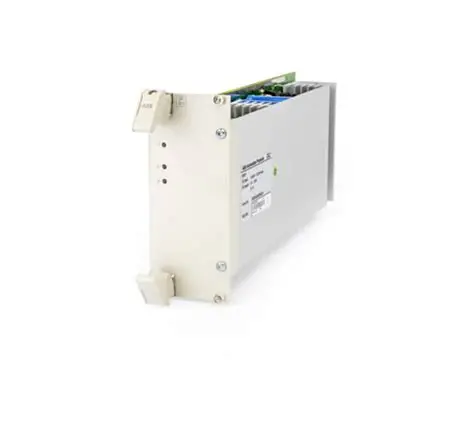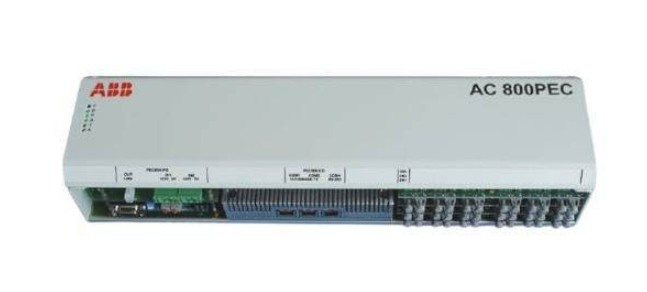How can I tell if the 88QT03 Bus Coupling Module is working properly?
How can I tell if the 88QT03 Bus Coupling Module is working properly?
Judgement of initialisation status: In the initialisation stage of the module, you can observe the status of STEA (light-emitting diode). Under normal circumstances, STEA will blink for about 4 seconds during initialisation, and then go out, indicating that the module is ready for normal operation. If STEA does not blink or the blinking time is abnormal during initialisation, or STEA continues to blink after initialisation is completed, this indicates that the module is faulty and may not work properly.
LED status judgement: by observing the status of different LEDs in front of the module, you can get the working information of the module, ST indicator is used to indicate the module and all the interferences in the process of data transmission. If ST is on, it means that there is a problem with the module or with the data transmission, and the module may not be working correctly; if the SIM indicator lights up steady, it means that at least one of the output values of the PROCONTROL - PS bus is in an analogue state; if the EAVE indicator lights up steady, it means that the 88QT03 module is participating in the data transmission of the PROCONTROL - PS bus. If the status of these indicators is not in accordance with the normal situation, it can be used as a reference to judge the module working abnormally.
Judgement of diagnostic register information: There are several diagnostic registers inside the module, such as diagnostic registers 246 and 211, which store detailed diagnostic information. When ‘Process channel disturbed’ is displayed in diagnostic register 246, it may be due to the reception of disturbed data telegrams from the PROCONTROL - PS bus, or the reasonability monitoring function is activated; if ‘Bus coupling disturbed’ is displayed, it may be due to the reception of disturbed data telegrams from the PROCONTROL - PS bus, or the reasonability monitoring function is activated. If ‘Bus coupling disturbed’ is displayed, the cause of the fault is on the PROCONTROL - PS bus and specific information is displayed in the additional diagnostic register 211. By looking at the contents of these diagnostic registers, you can determine whether the module is functioning correctly and where the fault lies, based on the corresponding error codes and explanations.
Judgement of data transmission: The accuracy and completeness of data transmission is an important basis for judging the working status of the module. In the process of data transmission, if there is data loss, error or transmission delay, it may indicate that the module is not working properly. When the module receives no telegram from the station bus, it will react accordingly according to different grouping methods, such as transmitting the last valid value or ‘zero’ and setting the corresponding interference bit. If these reactions do not conform to the normal working logic, it means that there is a problem with the data transmission, which in turn infers that the module may not be able to work normally.
Module Function Test Judgement: The module is equipped with a variety of internal diagnostic functions, which can be used to detect its own working status. For example, function test of PROCONTROL - PS bus and its internal interface, monitoring the received PROCONTROL - PS bus telegrams are normal; microprocessor I and II to check each other, to ensure that the two processors can work properly; through the parity bit to check the internally generated data list, to ensure the accuracy and completeness of the data; and Sink Time monitoring function, which checks that the module is receiving the required station bus telegrams on time. Abnormalities in these function tests, such as the detection of bus faults, processor errors or data errors, can indicate that the module is not working properly.

- EMERSON
- Honeywell
- CTI
- Rolls-Royce
- General Electric
- Woodward
- Yaskawa
- xYCOM
- Motorola
- Siemens
- Rockwell
- ABB
- B&R
- HIMA
- Construction site
- electricity
- Automobile market
- PLC
- DCS
- Motor drivers
- VSD
- Implications
- cement
- CO2
- CEM
- methane
- Artificial intelligence
- Titanic
- Solar energy
- Hydrogen fuel cell
- Hydrogen and fuel cells
- Hydrogen and oxygen fuel cells
- tyre
- Chemical fiber
- dynamo
- corpuscle
- Pulp and paper
- printing
- fossil
- FANUC
- Food and beverage
- Life science
- Sewage treatment
- Personal care
- electricity
- boats
- infrastructure
- Automobile industry
- metallurgy
- Nuclear power generation
- Geothermal power generation
- Water and wastewater
- Infrastructure construction
- Mine hazard
- steel
- papermaking
- Natural gas industry
- Infrastructure construction
- Power and energy
- Rubber and plastic
- Renewable energy
- pharmacy
- mining
- Plastic industry
- Schneider
- Kongsberg
- NI
- Wind energy
- International petroleum
- International new energy network
- gas
- WATLOW
- ProSoft
- SEW
- wind
- ADVANCED
- Reliance
- YOKOGAWA
- TRICONEX
- FOXBORO
- METSO
- MAN
- Advantest
- ADVANCED
- ALSTOM
- Control Wave
- AB
- AMAT
- STUDER
- KONGSBERG
- MOTOROLA
- DANAHER MOTION
- Bently
- Galil
- EATON
- MOLEX
- Triconex
- DEIF
- B&W
- ZYGO
- Aerotech
- DANFOSS
- KOLLMORGEN
- Beijer
- Endress+Hauser
- MOOG
- KB
- Moxa
- Rexroth


Email:wang@kongjiangauto.com

